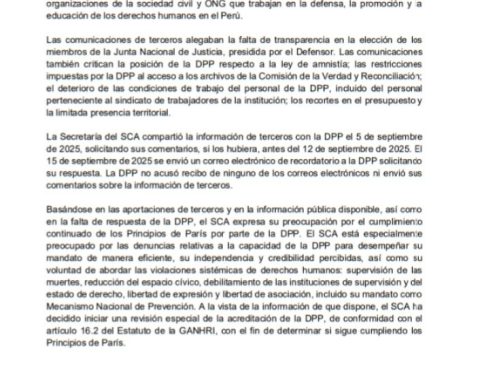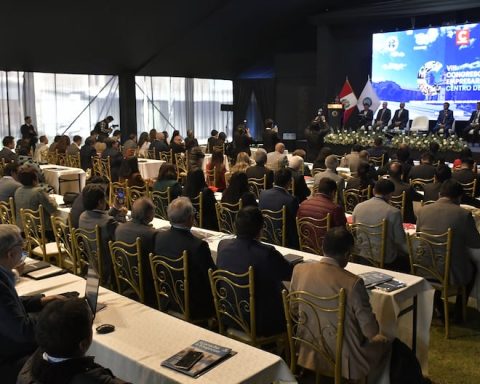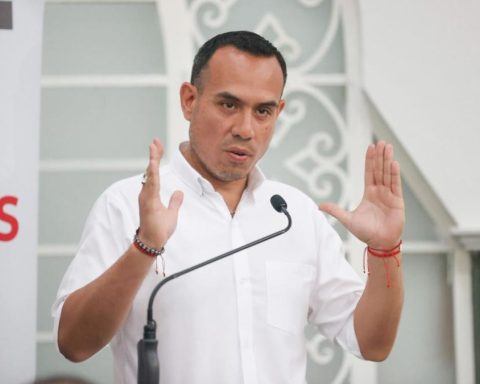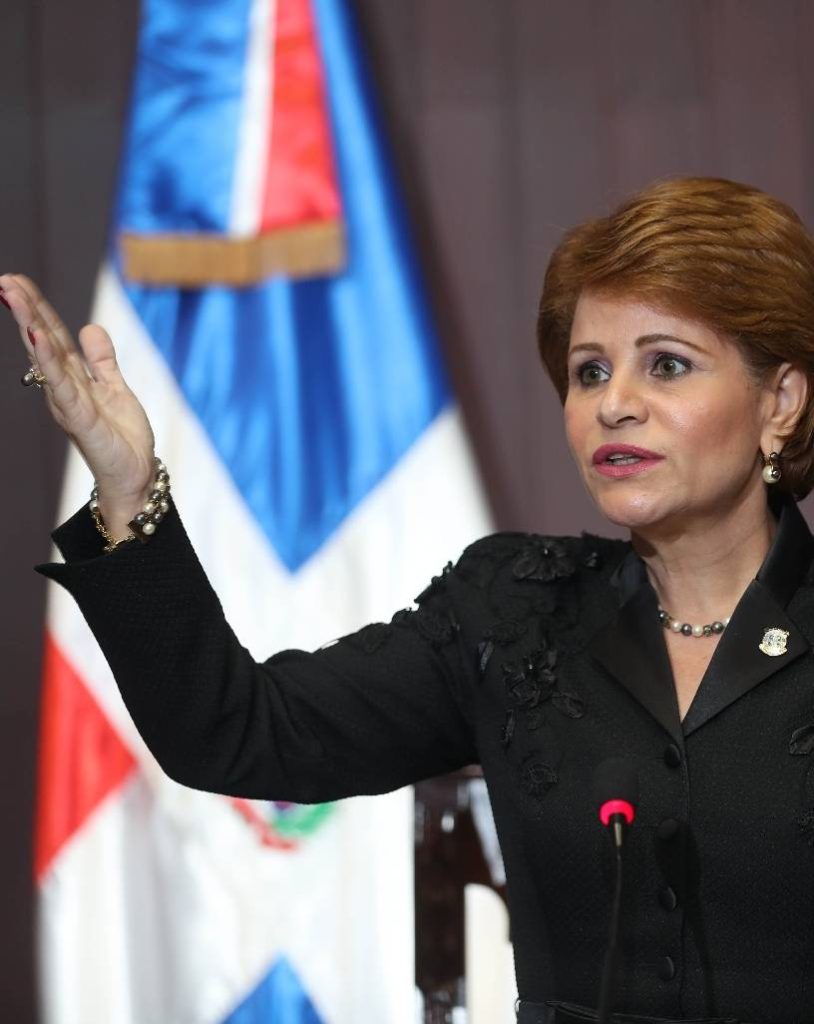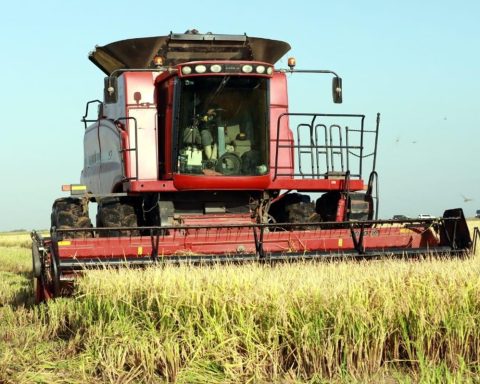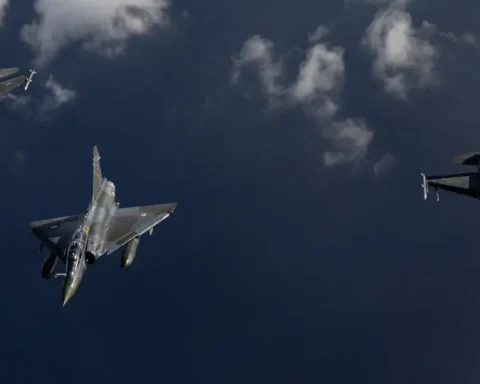Security, cost and speed are key when sending or receiving money from abroad. Although these aspects are more advanced in domestic payments, international payments still face several challenges, including: the remittances one of the areas with the most potential for improvement in digitalizationIn fact, two out of three remittance users, especially young people, have had some problem when making this type of transaction.
LOOK: People take refuge in the dollar and the currency rises to S/3.797
The “Cross-Border Payments and Remittances Report” by Minsait Payments reveals that the most common problems are related to the number of intermediaries in the chain (45%), high costs (43%), slowness of the process (36%) and lack of money tracking (26%).
Although person-to-person (P2P) and person-to-business (P2B/B2P) payments account for only 3.5% of the total value of international payments, they play an important role in the daily lives of many people. In countries in the Caribbean and Latin America, remittances are key to increasing household consumption, boosting economic growth and reducing poverty, as well as closing gaps between developed and emerging economies.
With only 8% of the world’s population, Latin America receives 17% of global remittances, which amount to 846 billion dollars. For countries such as Ecuador, Peru, Colombia and the Dominican Republic, remittances are especially relevant, with up to 67% of the population using these services.
Although only 20% of people use fintech services to send or receive remittances, their adoption is growing rapidly: 42% started using them in the last year and 15% already prefer them. However, half of the banked population still uses traditional services such as Western Union or MoneyGram. These companies, with millions of users in more than 200 countries, are starting to compete with fintechs such as Wise, Remitly or WorldRemit, which are gaining popularity.
To address the challenges of international payments, organizations such as the G-20, the Bank for International Settlements and the Financial Stability Board are developing solutions to improve cost, speed, access and transparency. The Minsait Payments report also highlights that the current geopolitical context is favoring the creation of more coordinated payment systems, both globally and regionally.
The need for clearer and safer solutions
In an increasingly connected world, international payments are essential for global trade, supply chains and people-to-people transfers. With a volume of $190 trillion in 2023 and a projection of $250 trillion by 2027, there is an urgent need to create more efficient and secure solutions.
The financial sector and institutions are aware of the current problems, but also of the great opportunities that come with improving them. Although there is no clear solution for the next 10 years, 35% of experts believe that current solutions will be combined, and 17% foresee that national systems will be interconnected, which will facilitate international transactions.
RECOMMENDED VIDEO



